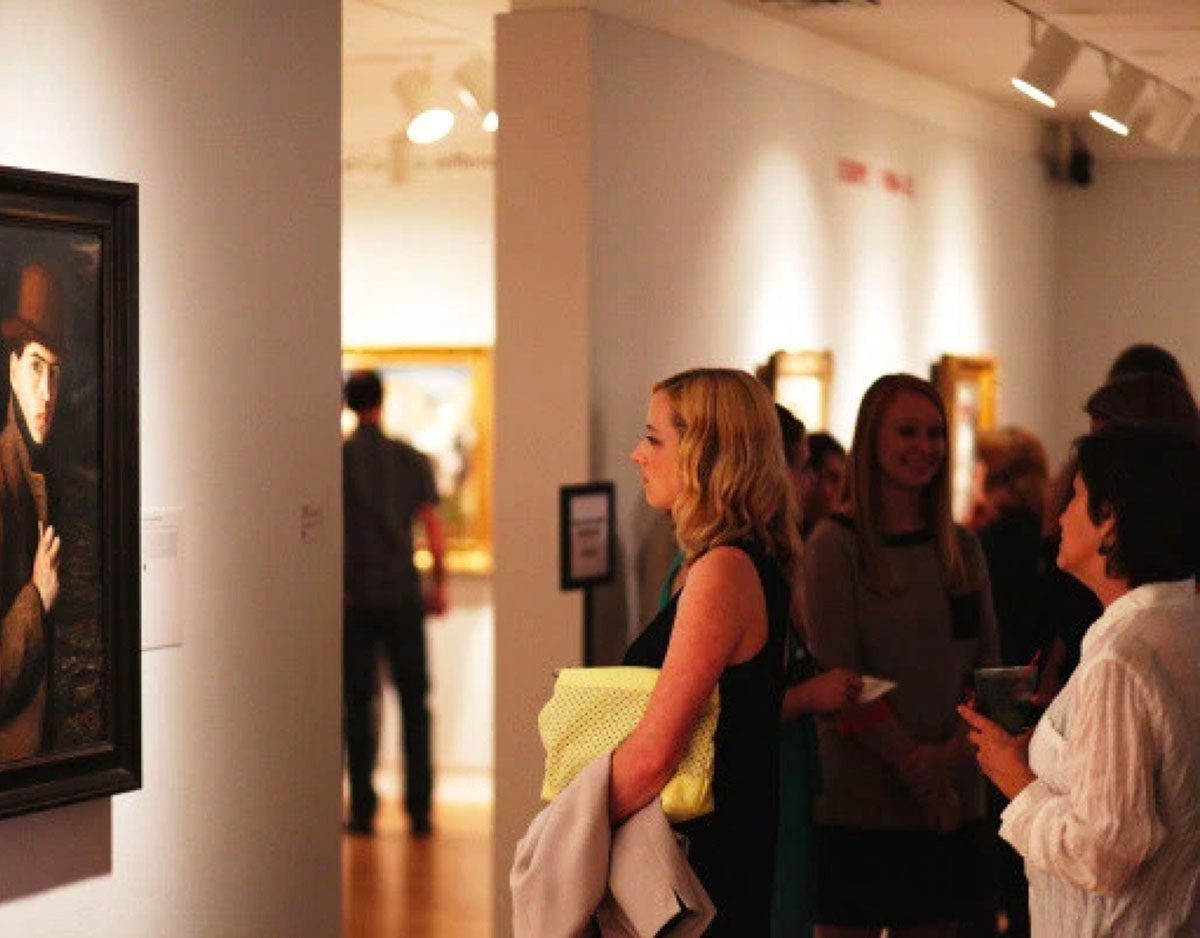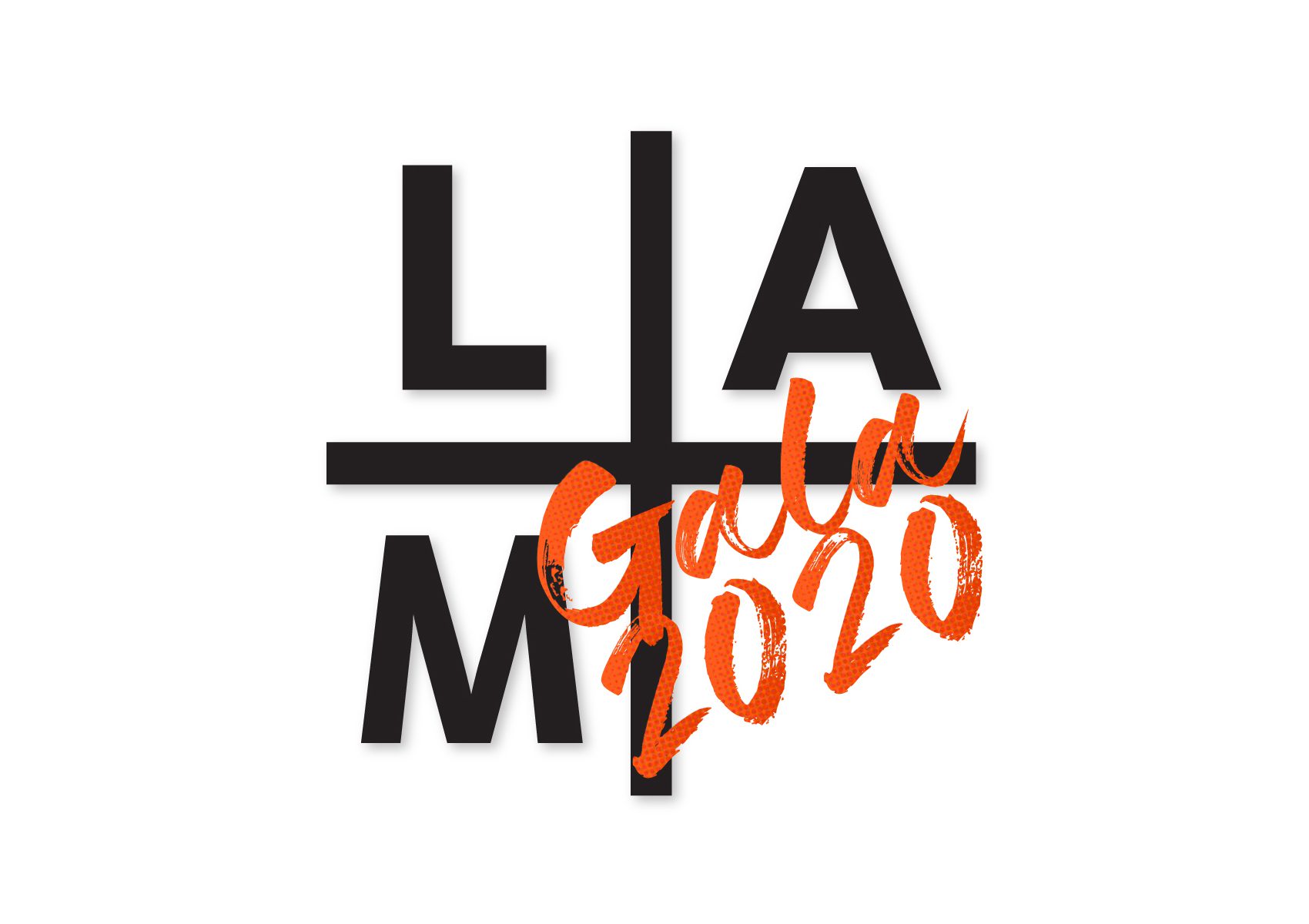Exhibit Overview
Emergence examined two series of works by Lita Albuquerque: Red Pigment Paintings and Beekeeper. Both projects began in 2005. Emergence looked at essentially two works in which complex systems and patterns arise out of a multiplicity of relatively simple processes or actions.
Red Pigment Paintings are created with pure powder pigments—a medium used by Albuquerque since the 1970s—blown onto panels by wind or Albuquerque’s own breath. Employing air as a conduit of the pigment allows for practically infinite variations and iterations of pigment in space. The intense red hue against each of the sixteen pigmented ivory black canvasses is a record of the air’s movement that normally goes unseen. However, the record of wind and breath recalls representational imagery of natural occurrences as well: splashing waves, volcanic eruptions, bursting flames, and floating dust.
Beekeeper was created in collaboration with Jon Beasley and Chandler McWilliams. The works in this series include a computer generated digital installation and a set of photographic prints. In the installation, Beekeeper is controlled by generative computer software, creating a continuous flow of pixel movement following a unique path every time. An image of a beekeeper is in a constant cycle, dissolving from a solid form into a sea of wandering pixels, and then emerging whole again as the pixels re-condense the figure.
Emergence offered a close look at two series of Albuquerque’s works connected in form and process. Both deal with particles constituting a form, and both are enactments of unfolding and becoming. Beekeeper and Red Pigment Paintings function as symbolic models of actualizations of process that point to essential shifts in ways of seeing, forms of representation, and modes of being.
This exhibition was curated by Grace Kook-Anderson, curator of exhibitions at Laguna Art Museum. Generous support for this exhibitions was provided by: Robert Hayden III and Richard W. Silver, Judy and Keith Swayne, Ted Baxter, Pamela Banks, Johanna and Gene Felder, and Pat and Gene Hancock. Special thanks to Peter Blake Gallery.
Lita Albuquerque was born in Santa Monica, California and raised in Tunisia and France. In 1968, Albuquerque received her BFA at the University of California, Los Angeles, and continued her education at the Otis Art institute from 1971 to 1972. In the late-70s, Albuquerque focused her work from painting to ephemeral works that took place in the open landscape including her large scale ephemeral pieces at public sites such as The Washington Monument (1980) The Great Pyramids (1996) and more recently the ice desert of Antarctica where she led an expedition and team of scientists and artists that culminated in the first and largest ephemeral art work created on the continent—Stellar Axis: Antarctica (2006). Her work has continuously explored the subject matters of mapping, the cosmos, and connectivity. Her paintings are a materialization of the ideas about color, light and perception first created in her ephemeral works. Through her use of pure pigments, gold leaf and copper, she engages perceptual and alchemical shifts in the viewing subject.
From Lita
I am interested in the fact that we live in an informational universe and that each particle carries with it information that is for us to decipher. Since the mid-seventies I have been attracted to working with pure powdered pigment as an interest in color and its phenomenological resonance on our perceptual system, as well as in the particle of pigment itself being a geological emblem, a historical record of what exists in the earth. With the Red Pigment Paintings I start off by layering dozens and dozens of layers of ivory black pigment onto the canvass and while still wet, let the wind or my breath deliver the particles of red pigment onto the wet ivory black, capturing it, freezing the moment of that movement as in a photographic process. I consider these paintings another record, albeit painterly, but possibly photographic of the motion of the wind or my breath on that particular moment offering to the viewer an image of two elements coming together: earth and wind.
My initial impetus for Beekeeper was to present the visual similarity between a beekeeper and an astronaut. I created a narrative around which the beekeeper’s aim is to help maintain biological life on the planet and the astronaut became the starkeeper maintaining life in the cosmos. In collaboration with Jon Beasley, and later on Chandler McWilliams who created the computer program, we decided that the idea was really about transmutation, and that the particles that are seen in the animation could be interpreted in numerous ways leaving it more open-ended, that the astronaut was implied in the ambiguity of the representation of the particles being bees or stars or simply particles of energy. And that the particles of energy that are invisible to our gross sensory perceptions are in a continual loop of becoming and unbecoming, that each particle in this informational universe under which we exist is alive and in a continuous state of transformation ad infinitum.

Subscribe To Our Newsletter
Receive news about collections, exhibitions, events, and more.








